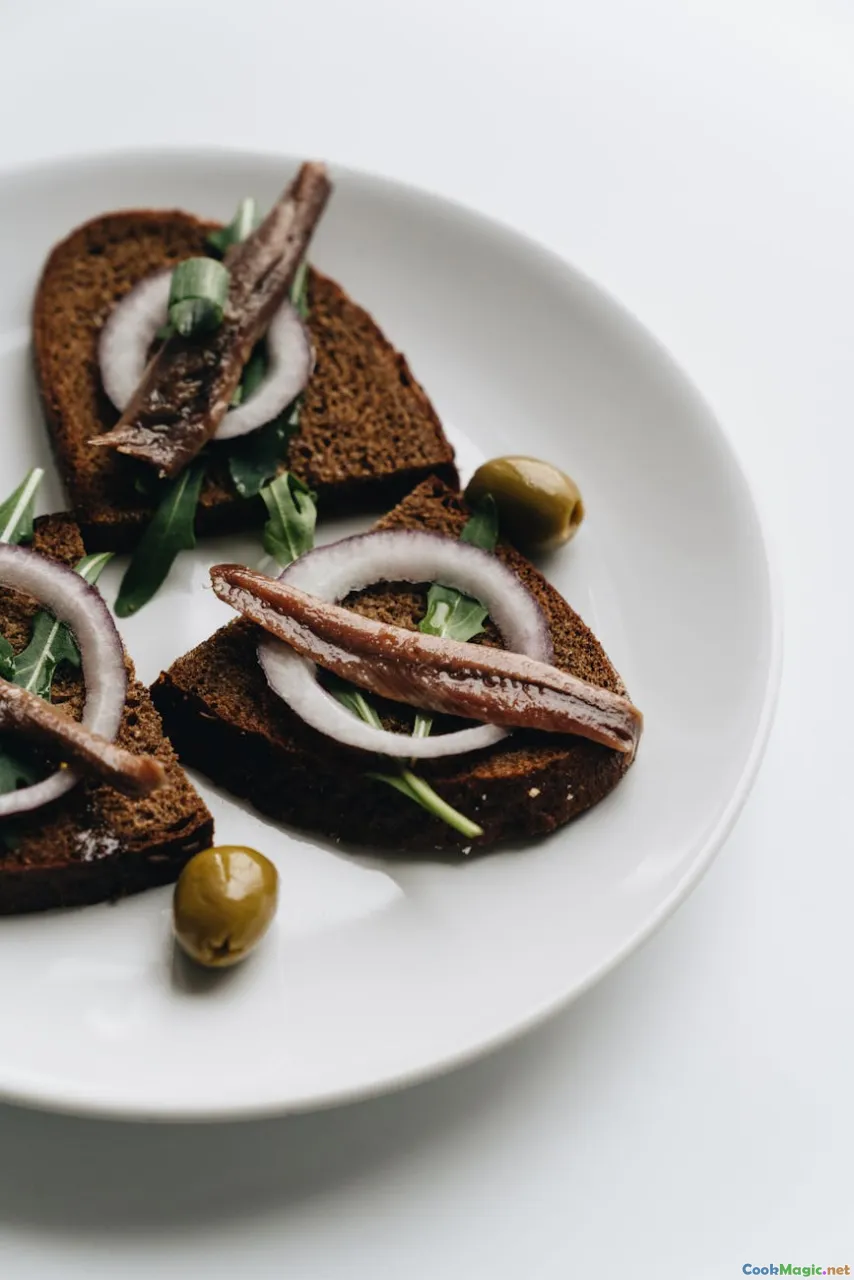Discovering Andalusian Gastronomy
8 min read An immersive exploration into Andalusia’s rich culinary heritage, blending history, vibrant flavors, and local traditions that define this unique Spanish region. June 02, 2025 12:00
Discovering Andalusian Gastronomy
Imagine a land where the sun’s golden rays kiss endless olive groves, where the scent of freshly baked bread mingles with the aroma of saffron and citrus, and where centuries-old recipes tell stories of Moorish, Jewish, and Christian influences. Welcome to Andalusia—the soul of southern Spain—a region that doesn’t just serve food but offers a sensory journey into its vibrant history and culture.
An Introduction: The Heartbeat of Southern Spain
Andalusia is more than a geographical region; it’s a living tapestry woven with diverse cultural threads. From the shimmering coastlines of Costa del Sol to the rugged mountains of Sierra Nevada, each corner of Andalusia boasts a unique culinary identity. Walking through its bustling markets or lingering in a rustic tavern, you realize that Andalusian cuisine is a reflection of its history—layers of tradition, conquest, and innovation.
The Cultural and Historical Roots of Andalusian Food
Moorish Influence: The Flavor Revolution
One cannot discuss Andalusian gastronomy without acknowledging the profound impact of Moorish rule (8th to 15th centuries). The Moors introduced ingredients and techniques that transformed Spanish cooking—think of the fragrant spices, the use of almonds, and the art of slow-cooked stews.
Dishes like gazpacho—the chilled tomato soup with a silky texture—and migas—a bread-based dish seasoned with garlic and smoked paprika—bear the fingerprints of Moorish culinary artistry. The use of citrus, such as oranges and lemons, was also refined during this period, infusing dishes with bright, zesty notes.
Jewish and Christian Influences
Post-Moorish reconquest, the region’s cuisine continued to evolve, absorbing Jewish and Christian traditions. Olive groves flourished, and the Mediterranean diet took root, emphasizing fresh vegetables, olive oil, and seafood. The confluence of these cultures created a vibrant, diverse gastronomic landscape.
The Heart of Andalusian Ingredients
Olive Oil: Liquid Gold
Andalusia is the world’s largest producer of olive oil, and for good reason. The climate and terrain favor the cultivation of centuries-old olive trees. The oil is the backbone of Andalusian cooking—rich, peppery, and fruity—used liberally in salads, fried foods, and drizzled over bread.
Citrus and Herbs
Bright oranges, lemons, and mandarins grow abundantly, their zest and juice adding vibrancy to countless dishes. Fresh herbs like parsley, cilantro, and bay leaves lend aromatic depth, while saffron from nearby La Mancha adds a golden hue and a subtle earthy flavor.
Seafood and Meat
The Atlantic Ocean and Mediterranean Sea provide a bounty of fresh fish and shellfish—mussels, clams, sardines, and anchovies—prepared simply to highlight their natural flavors. In inland areas, pork, particularly Iberico ham, and chicken are staples, often seasoned with local spices.
Iconic Dishes and Culinary Traditions
Tapas: The Social Food
No exploration of Andalusian cuisine is complete without mentioning tapas. These small plates encourage sharing and socializing, transforming dining into a communal experience. From jamón ibérico slices to pimientos de padrón (small green peppers fried until blistered), tapas reflect the region’s diversity.
Gazpacho and Salmorejo: Cold Soups
During the scorching summer months, cold soups become essential. Gazpacho is a vibrant blend of ripe tomatoes, cucumbers, peppers, garlic, and olive oil—pureed into a refreshing, velvety soup. Salmorejo, thicker and creamier, is topped with hard-boiled eggs and strips of cured ham.
Pescaito Frito: Fried Fish
This simple yet irresistible dish features small fish like anchovies or sardines lightly dusted in flour and fried until crispy. Often served with a wedge of lemon, it exemplifies Andalusia’s mastery of frying techniques.
Rabo de Toro: Oxtail Stew
A hearty dish simmered slowly with red wine, garlic, and spices, Rabo de Toro showcases the region’s love for slow-cooked, comforting fare.
Flamenquín and Jamón Iberico
Flamenquín is a rolled pork fillet stuffed with ham and cheese, breaded and fried to golden perfection. Complemented by slices of jamón ibérico, the region’s prized cured ham, these dishes celebrate Andalusia’s mastery of cured meats.
The Vibrant Markets and Food Festivals
Córdoba’s Mercado de la Victoria
Strolling through Córdoba’s markets, you encounter a riot of colors and aromas—fresh seafood, ripe fruits, fragrant herbs, and artisanal breads. These markets are the soul of local life, where tradition meets daily necessity.
Seville’s Feria de Abril
This lively festival is a celebration of Andalusian culture, with food playing a central role. Stall after stall offers pestiños (fried dough pastries drizzled with honey), rebujito (a refreshing sherry-based drink), and regional specialties that tantalize the senses.
Personal Reflections and Culinary Encounters
My own journey through Andalusia has been a revelation. I remember standing in a small tavern in Granada, savoring piononos—sweet pastries with layers of cinnamon-spiced cream—while listening to the rhythmic strumming of a flamenco guitar. The warmth of the people, the richness of flavors, and the depth of history infuse every bite.
In Cádiz, I discovered espeto de sardinas—sardines skewered and grilled over open flames on the beach—capturing the essence of seaside simplicity. Each dish, each ingredient, tells a story of resilience, passion, and a relentless pursuit of flavor.
Contemporary Andalusian Cuisine: Tradition Meets Innovation
Today, chefs across Andalusia are reinventing traditional dishes, blending old flavors with modern techniques. From molecular gastronomy to farm-to-table concepts, the region’s chefs honor their heritage while embracing innovation.
Conclusion: The Soulful Flavor of Andalusia
Discovering Andalusian gastronomy is an immersion into a region where history, culture, and nature converge in every dish. It’s an exploration of flavors that evoke emotion, stories that connect centuries, and a celebration of life’s simple pleasures—good food, good company, and the vibrant pulse of Andalusia.
Whether you’re a seasoned foodie or a curious traveler, the culinary treasures of Andalusia await, ready to enchant your senses and deepen your appreciation for one of Spain’s most captivating regions.









